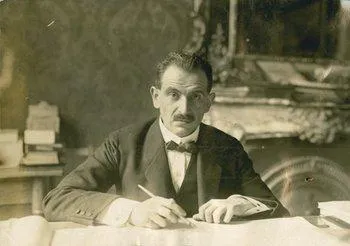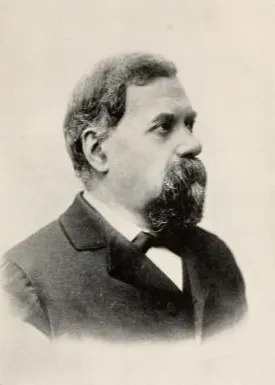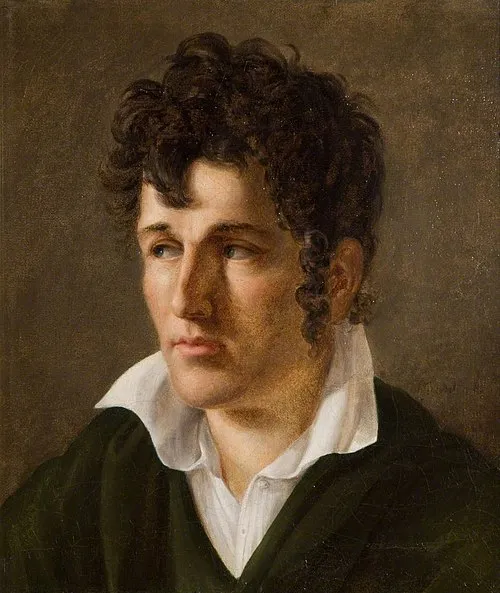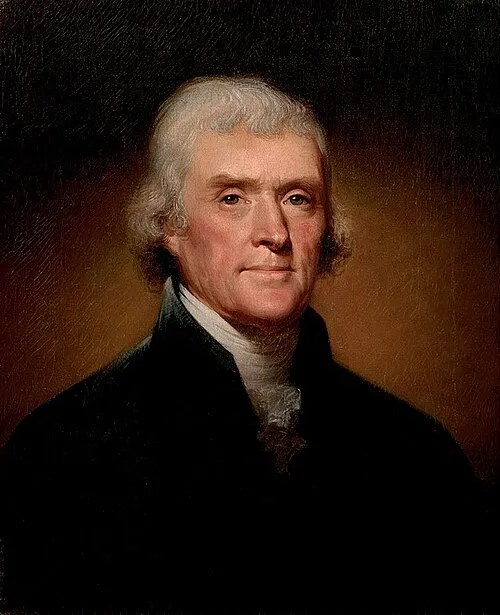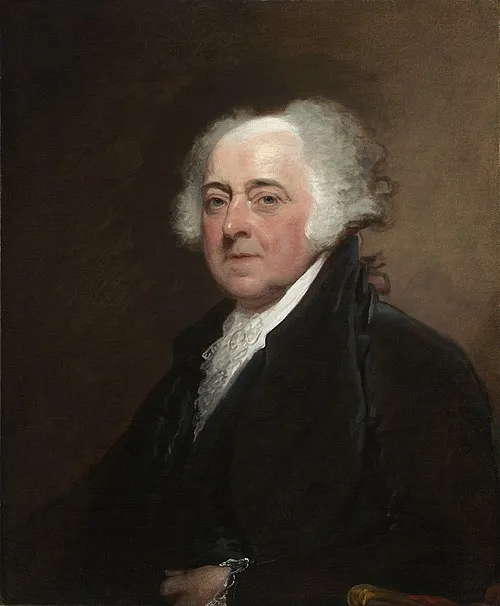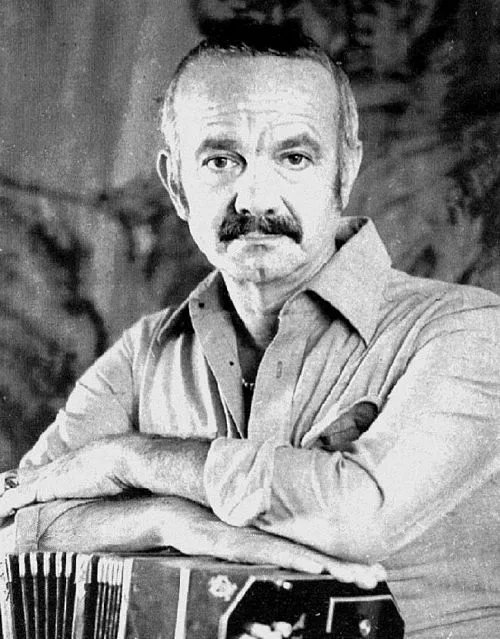
Name: Astor Piazzolla
Nationality: Argentinian
Profession: Bandoneon player and composer
Birth Year: 1921
Death Year: 1992
1992 – Astor Piazzolla, Argentinian bandoneon player and composer (b. 1921)
The Legacy of Astor Piazzolla: A Journey Through Sound
Born in the bustling streets of Mar del Plata, Argentina, on March 11, 1921, Astor Piazzolla emerged into a world filled with the vibrant rhythms and passionate melodies of tango. However, his early life was far from conventional. At the tender age of four, his family moved to Buenos Aires a city pulsing with musical innovation and cultural fusion.
It was here that young Astor was first introduced to the bandoneon, an instrument closely associated with traditional tango music. His father, recognizing his son’s innate talent and fervent passion for music, gifted him this accordion-like instrument. But rather than following in the footsteps of traditional tango musicians who came before him who often played under dim lights in smoky bars Astor had a vision that transcended mere performance; he sought to reinvent tango itself.
Despite this ambition to innovate within a genre steeped in history, Piazzolla's early years were marked by struggle. He studied under renowned composers such as Alberto Ginastera at the Conservatorio de Buenos Aires. Ironically though, even as he honed his craft amongst classical luminaries, some critics dismissed his attempts to meld classical techniques with Argentine folk traditions as sacrilege.
Perhaps it was during these formative years that he developed a unique perspective on artistic expression a belief that boundaries between genres should be fluid rather than rigidly defined. In 1946, at just 25 years old, Piazzolla took an audacious leap into jazz-infused tango when he joined the orchestras of notable bandleaders like Aníbal Troilo.
This period saw him gain recognition but also sparked controversy within purist circles. Traditionalists railed against what they perceived as an affront to their beloved genre arguing that Piazzolla’s arrangements were too avant-garde or experimental for true tango aficionados. Nevertheless, who knows how many hidden gems lay within those complex harmonies? Over time, audiences began flocking to see this revolutionary musician perform live drawn by both curiosity and admiration for his bold reinterpretations.
Piazzolla's career truly soared when he founded his own ensemble known as "Octeto Buenos Aires." The group melded elements of jazz and classical music into their performances while maintaining the emotional intensity characteristic of traditional tango rhythms. This pivotal moment marked a turning point not only did it redefine expectations surrounding Latin American music but also laid groundwork for future generations of musicians seeking freedom in artistic expression.
However and perhaps most importantly the arrival of new international audiences helped solidify Piazzolla’s status worldwide! Touring through Europe and America in the late '70s enabled him to showcase works like "Libertango" and "Adiós Nonino," compositions brimming with raw emotion capable of captivating even those unfamiliar with Argentine culture or history.
The success didn’t come without its challenges; ironically enough! Despite being lauded globally for artistry unlike anything seen before it often felt like an uphill battle back home where some critics remained resistant toward embracing change wholeheartedly! Yet each performance brought additional accolades from prestigious awards recognizing innovation across various genres to rave reviews from audience members captivated by sounds never before imagined within tango.





